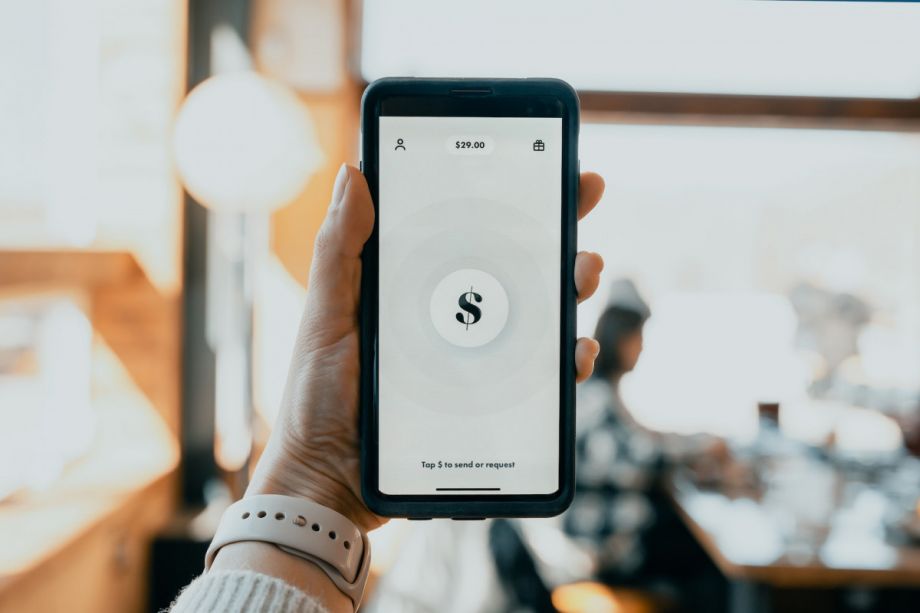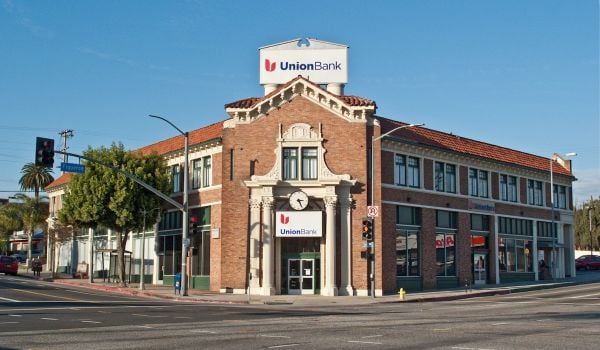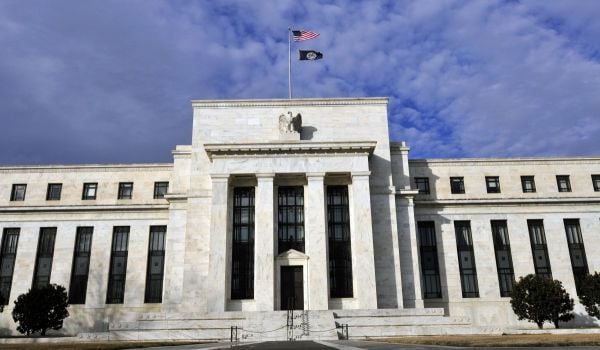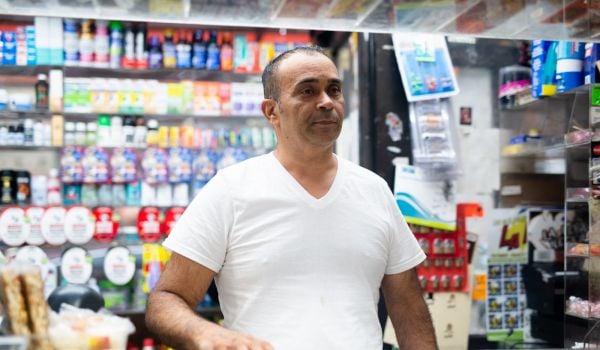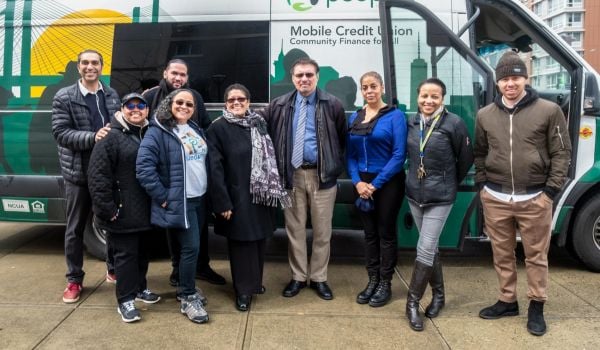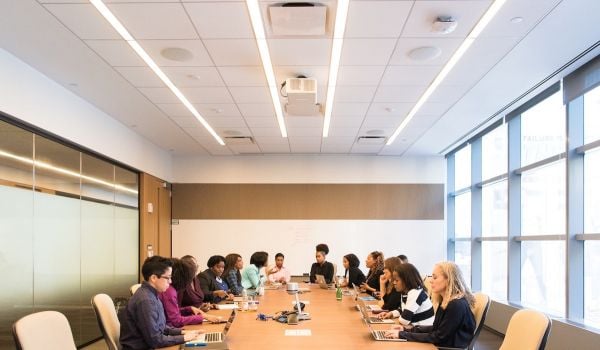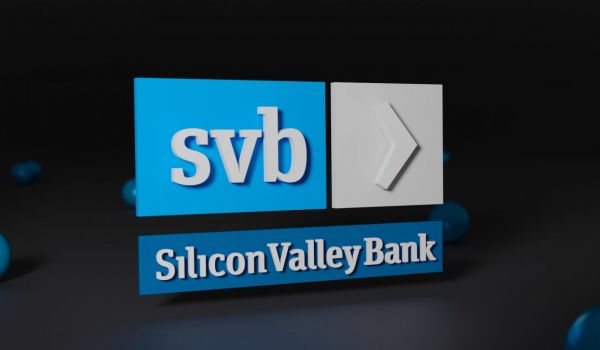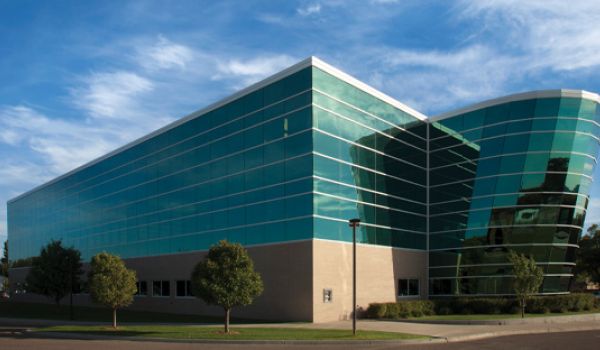Out on New York City’s beaches this past summer, prices for the homemade fruit juice and hard liquor cocktail known as “nutcracker” peaked at $15 a pop — and the vendors were loudly announcing they now take payment by cash, Venmo, PayPal, Cash App or Zelle.
It was a sign of the times. In 2021, 46.4% of all households were using non-bank online payment services like Venmo, PayPal or Cash App, according to the 2021 National Survey of Unbanked and Underbanked Households. Conducted every other year by the Federal Deposit Insurance Corporation, the most recent edition came out last week.
Households without a bank account have been able to access non-bank online payment services to exchange and even store money directly through each platform or by connecting the services to a prepaid debit card account. Use of prepaid cards was much higher among unbanked households (32.8%) than among banked households (5.7%).
The percentage of unbanked households in the biannual survey, 4.5%, is the lowest since the first edition of the survey back in 2009. That percentage represents approximately 5.9 million unbanked households, down from 7.1 million unbanked households in the 2019 edition of the FDIC survey. Similar to previous editions of the survey, unbanked rates were higher than average among lower-income households, less-educated households, Black households, Hispanic households, working-age households with a disability, and single-mother households.
This year’s edition of the survey is also notable for restoring its estimate for “underbanked” households — those where at least one person in the household has at least one bank account, but over the past 12 months still made use of at least one non-bank alternative financial service like prepaid debit cards, check cashing, money orders, payday loans, auto title loans or pawn shops. Households that used online payment platforms like PayPal or Venmo and connected them to a bank account count as fully-banked if they did not also use one of those other non-bank alternatives.
Under the Trump Administration, the 2019 edition of the FDIC survey excluded any estimate of underbanked households. An estimated 14.1 percent of U.S. households (approximately 18.7 million) were “underbanked” in 2021.
The 2021 National Survey of Unbanked and Underbanked Households also included questions to generate insight into the impact of the COVID-19 pandemic on access to banking services. More than one in three (34.9%) previously unbanked households who recently opened a bank account reported that receiving a government benefit payment (such as unemployment benefits or a pandemic stimulus payment) contributed to their opening a bank account since March 2020.
The strong labor market of the past few years also seems to have had some positive impact on access to banking — among previously unbanked households that recently started a new job, one in three said that the new job contributed to opening a new bank account. The FDIC survey says those results are consistent with 2013 findings that showed that the most common reason previously unbanked households opened an account was to receive direct deposit from a new employer.
The 2021 survey also still found much variation among metropolitan areas. Coming in at the top of banked metros was Burlington, Vermont, at 95% fully banked, meaning 95% of households had a bank account and did not use any of the specified non-bank financial alternatives. Coming in second was Seattle at 91.1% fully banked, then the Twin Cities at 90.8% fully banked.
At the other end of the spectrum, New Orleans was only 73.6% fully banked; Jackson, Mississippi, at 72.9% fully banked; and finally Wichita, Kansas, coming in at just 66.6% fully banked.
The study notes some significant long-term shifts away from non-bank financial services. Check cashing use fell from 7.9% of households in 2011 to 3.2% in 2021, while money order use fell from 18.8% to 9.7%. The declines cut across different racial and income groups.
In 2013, 7.5% of households used at least one of the non-bank credit products tracked by the survey at that time: rent-to-own services, payday loans, pawn shops, tax refund anticipation loans and auto title loans. But in 2021, the share of households using those same products fell to 4.4%. That decline was particularly pronounced among unbanked households — 18.% used at least one of those non-bank credit products in 2013, but only 9.5% did so in 2021.
But the study also notes that it’s not clear yet whether those shifts away from non-bank financial services and especially non-bank credit has been due to greater access to other, more conventional banking and credit, or if it has more or less to do with other factors not yet fully understood. Some of it could be more widespread adoption of new technology for financial services — perhaps another side effect of the COVID-19 pandemic.
But more effective consumer protection, for example, could also be driving more consumer adoption of less predatory financial services.
“Decreasing use of these nonbank services, especially through a period of declining unbanked rates, could imply that a growing number of households is fulfilling financial services needs within the banking system and benefiting from the consumer protections and opportunities that the system provides,” says the 2021 FDIC survey.
Some of that consumer protection could soon be rolled back, at least temporarily.
The 2021 National Survey of Unbanked and Underbanked Households comes out at a moment when a payday lending industry group is currently mounting a legal challenge against the funding structure of the Consumer Financial Protection Bureau. The ruling could jeopardize the agency’s ability to do any of the work that may be resulting in fewer vulnerable households falling prey to more predatory financial services.
This article is part of The Bottom Line, a series exploring scalable solutions for problems related to affordability, inclusive economic growth and access to capital. Click here to subscribe to our Bottom Line newsletter.

Oscar is Next City's senior economic justice correspondent. He previously served as Next City’s editor from 2018-2019, and was a Next City Equitable Cities Fellow from 2015-2016. Since 2011, Oscar has covered community development finance, community banking, impact investing, economic development, housing and more for media outlets such as Shelterforce, B Magazine, Impact Alpha and Fast Company.
Follow Oscar .(JavaScript must be enabled to view this email address)



